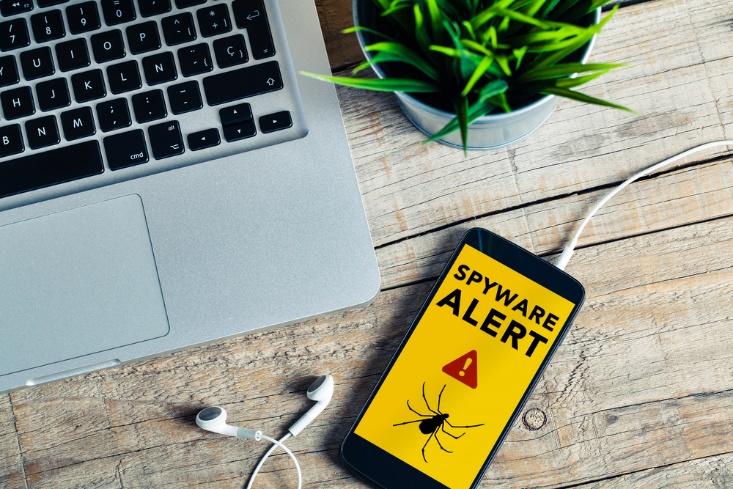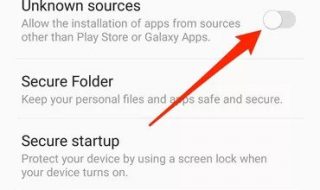
It happens to the best of us — malware simply has a way of getting onto any device, eventually. One report found that in 2019 there are more than 921.9 million instances of malware online, and over 350,000 new malicious programs appear every day, which is roughly 10.5 million new varieties of malware plaguing the web every month. That’s a lot for even a robust antimalware tool to keep up with. Ultimately, you don’t need to feel bad that a malware infection has happened to you.
However, you do need to act fast to rid yourself of the malicious program. Without further ado, here are the steps you need to take when you first discover that you have succumbed to malware:
Don’t Panic

While malware is bad, it probably isn’t the end of your life. The worst thing you can do when you discover malware is panic and do irreparable damage. Most forms of malware are irritating rather than dangerous; by acting recklessly, you could do much more harm to your data and device than this type of malware could. Thus, instead of behaving impulsively with regards to malware removal, you should take a deep breath and repeat this mantra: “it’s going to be okay.”
Once you have your heart rate under control, you can start taking real steps to eliminate the malware currently on your machine and to prevent more malware from getting there in the future.
Enter Safe Mode
It’s a good idea to develop a habit of instinctually entering safe mode any time you suspect something fishy is going on with your device. Safe mode only allows certain essential programs and services to run on startup, which means any malware programmed to operate behind-the-scenes won’t be able to turn on. Then, you have a better shot of identifying and removing the malware without the malware itself getting in the way.
Identify the Malware

Sometimes, different malware require different methods of removal. For example, some malware are saved in different locations on your computer; some sneak onto your network and other connected devices; and some pretend to offer solutions, like antivirus assistance. Therefore, it is useful to know what you’re dealing with.
Even if you can’t identify the precise name of the malware on your device, you should be able to narrow it down to one of the following major categories:
- Adware. This malware spams you with advertisements, often adding ads to webpages, increasing popup and popover rates or downloading unwanted software and browser tools.
- Spyware. This malware tracks your device activity. This data can be useful in identifying when you are active, acquiring login credentials or else generating data like interests and purchasing power.
- Ransomware. Made famous not too long ago, ransomware hides or encrypts your data and demands payment for its return. Sometimes, ransomware pretends to be from a legitimate group, like the FBI, but you should know no legit organization would ever contact you in that manner.
- Viruses and worms. This type of malware has largely passed out of favor because it does little to benefit cybercriminals. However, if you notice strange behavior from your device that isn’t attributable to the previous malware varieties, you might have a simple virus.
Run Your Antivirus
Once you are in safe mode, you should run your malware removal program. What’s that — you don’t have one? You need to acquire one, immediately. Not every antivirus software works equally well; you need to invest in a paid product from a well-known and trustworthy security firm, like Trend Micro, Norton or McAfee. It’s worth investing in a high-quality antivirus service because cybersecurity is changing so rapidly and will continue to advance in the coming years. Ideally, you will acquire an antimalware tool that runs on heuristic analysis or machine learning, but many signature-based antivirus tools are still valuable if you can commit to keeping them updated.
Learn From Your Mistakes
Unfortunately, you will continue to suffer from malware attacks if you don’t develop proper cyber hygiene. While cyber security concerns the tools you use to keep your devices safe, cyber hygiene is about developing habits and practices that reduce the likelihood of human-based vulnerabilities in your security. You might consider enrolling in a MOOC or online class, where you will gain formal training on password generation, software updating, access control and other factors of cyber hygiene.
Malware is everywhere. Your computers, your smartphones, your smart TVs and speakers — all of these devices are susceptible to infection, which means you need to be vigilant to keep you and your home safe. Fortunately, even if malware does get somewhere on your network, you can survive and even thrive if you know what to do.





